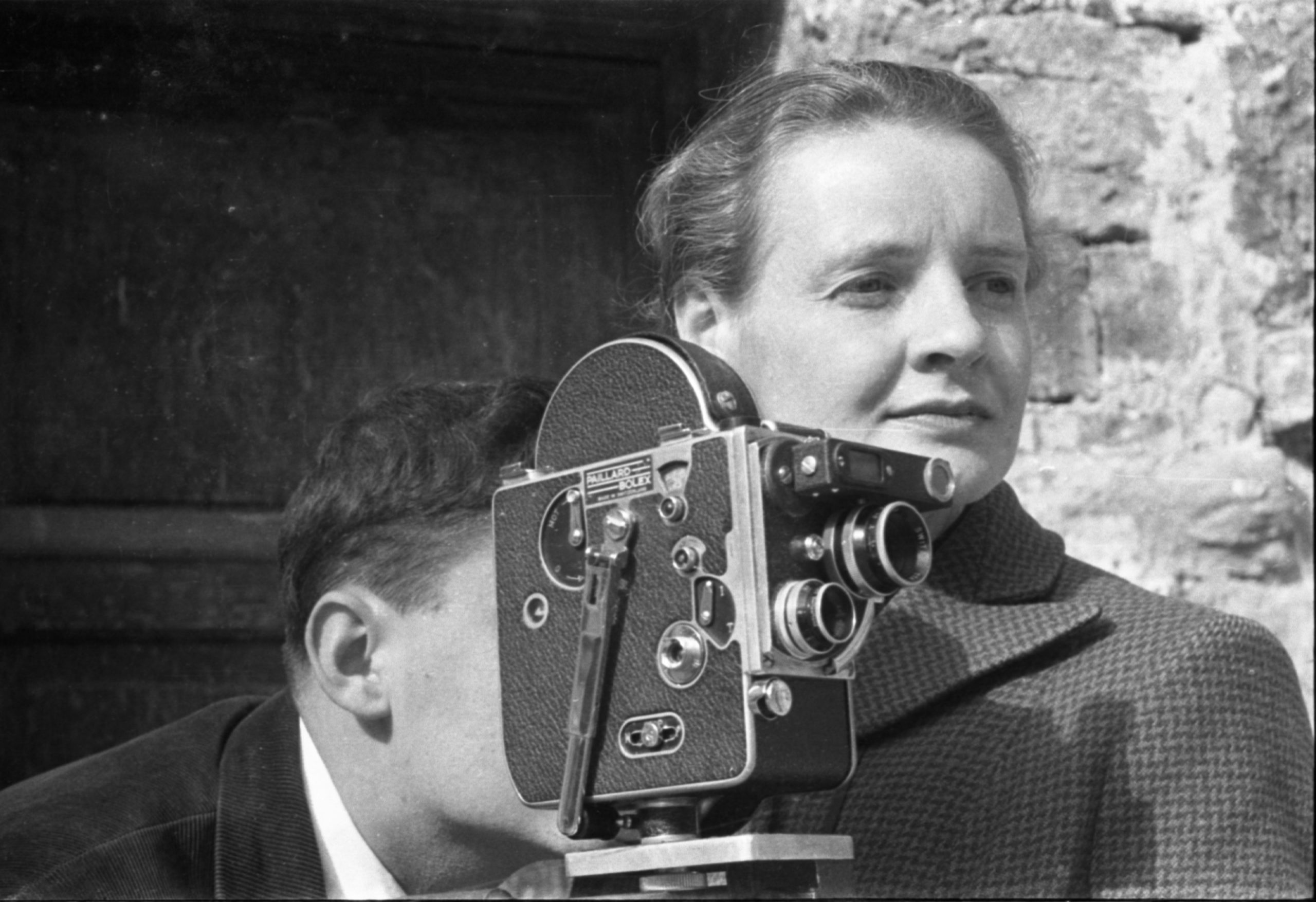Six trailblazing women from Scotland’s past, from the country’s first female solicitor to the first Scottish woman to direct a feature-length film, have been recognised as Historic Environment Scotland (HES) announced the latest round of recipients of its Commemorative Plaque scheme today.
The national scheme, which has been running since 2012, celebrates noteworthy individuals from Scottish public life, as nominated by the public, by erecting plaques on buildings with strong links to their life or work.

The successful female recipients under this year’s scheme are:
Madge Easton Anderson (1896-1982)
The first female Solicitor in Scotland. Later became the first woman to qualify to practise law in both England and Scotland and a partner in the first known law firm to be led entirely by women.
The plaque will be installed at The Stair Building, which houses the University of Glasgow’s School of Law.
Mary Burton (1819–1909)
Social reformer and suffragist. In 1869, she successfully campaigned for the Watt Institution and School of Arts (now Heriot-Watt University) to admit female students.
The plaque will be installed at Liberton Bank House in Edinburgh, where Burton lived between 1844 and 1898.
Cicily Isabel Fairfield (1892-1983)
Better known under pen name Rebecca West, Fairfield was a novelist, travel writer and journalist who famously reported on the Nuremberg Trials.
The plaque will be installed at Hope Park Square in Edinburgh, which was the location of West’s childhood home and inspiration for her novel The Judge.
Isobel Wylie Hutchison (1889-1982)
Arctic traveller and botanist who risked life and limb collecting plants for the Royal Botanic Gardens and Kew. She pioneered new routes across inhospitable terrain, boarded ghost ships and captured some of the earliest documentary footage ever recorded.
The plaque will be installed at Carlowrie Castle in West Lothian, Hutchison’s birthplace and lifelong home.
Elizabeth Buchanan Mitchell (1880-1980)
One of Scotland’s leading early female town planners and a pioneer in the profession. She campaigned tirelessly for the importance of open spaces, gardens and quality mass-housing.
The plaque is to be installed at the site of Mitchell’s home in Biggar, Lanarkshire.
Dr Margaret Caroline Tait (1918-1999)
Avant-garde film maker and the first Scottish woman to direct a feature length film with 1992’s Blue Black Permanent. Tait was also an accomplished poet who published three books of poetry.

The plaque will be installed at Tait’s birthplace in Kirkwall, Orkney.
The announcement comes ahead of Women’s History Month, which is celebrated each year in March to document the lives and achievements of women.
Barbara Cummins, Director of Heritage at HES, said: “The contribution of women in Scotland’s history is often overlooked, and I’m pleased that this year’s Commemorative Plaque awards give us the opportunity to celebrate the life and work of some truly inspirational women.
“Through our plaque scheme, we want to highlight the important link between people and places, connecting these exceptional individuals to the built environment that shaped their life and work.
“As we look forward to marking Women’s History Month, I hope that awarding these plaques will bring some much-deserved recognition to some of the leading female figures from Scotland’s past.”
Maria Fletcher, a senior law lecturer who is leading on the centenary of women in law research and celebrations at the University of Glasgow, said: “Madge Easton Anderson is a very important person for us to remember, both here in the University of Glasgow and more widely throughout Scotland.

“We are delighted that the story of this amazing Scottish legal pioneer – who 100 years ago became the UK’s first female solicitor – is now being recognised with her own plaque from Historic Environment Scotland.
“We are honoured that we will now have this HES plaque in Madge’s alma mater and hope it will help to inspire our current and future students to be all they can be.”
In total 17 influential people who lived and worked in Scotland – from artists and an actor to naturalists and a nautical engineer – have been recognised in this round of commemorative plaques. The other 11 recipients are:
Sir Arnold Edward Trevor Bax (1883-1953)
Composer, whose music was greatly influenced by his time spent in the Highlands. The plaque will be installed at The Morar Hotel, where he completed many of his scores.
James Cossar Ewart (1851-1933)
Naturalist, known as the first experimental animal breeder in UK since Darwin. The plaque will be installed at the house where Ewart resided in Penicuik between 1895-1905.
James Faed and family (1821-1911)
Family of accomplished Scottish landscape painters, originally from Dumfries and Galloway. The plaque will be installed at the site of the family’s home in Comely Bank, Edinburgh.
Ned Haig (1858-1939)
Rugby Union player, notable as the inventor of the Rugby 7s. The plaque will be installed at Melrose Rugby Club, home of the Melrose Sevens.
Sir Thomas Hope (1573-1646)
Prominent lawyer and Lord Advocate under Charles I. In 1638, Sir Thomas signed the National Covenant, a document rejecting Charles’ religious policy in Scotland.
The plaque will be installed at the site of the medieval Granton Castle in Edinburgh, where Hope lived from 1619 until his death in 1646.
Andrew Keir (1926-1997)
Hammer House of Horror actor with “considerable range and undeniable distinction”. Made his big break acting at the Citizen’s Theatre in Glasgow. The plaque will be installed at the building in Bridgeton, Glasgow, where Keir lived in the 1950s.

Allan Pinkerton (1819-1884)
Chartist, detective and spy, who left Scotland for the United States in 1842. He is best known as the founder of the Pinkerton National Detective Agency. The plaque will be installed at Legal House in the Gorbals, Glasgow, close to his birthplace.
David Robertson (1806-1896)
Naturalist who established the University Marine Biological Station at Millport. The plaque will be installed at the property in Millport where which Robertson first leased in 1860, taking up permanent residency there in 1886.
John Scott Russell (1808-1882)
Pioneering nautical engineer and writer of The Modern System of Naval Architecture. In 1835, he developed the “wave line” ship hull design, revolutionising naval architecture. The plaque will be installed at the site of the workshop which Russell maintained on Stafford Street, Edinburgh.
John Thomson (1837-1921)
Towering figure in 19th century photograph, acclaimed for his photography in China. The plaque will be installed at the childhood home of Thomson on Brighton Street in Edinburgh.
William ‘Willie’ Wilson (1905-1972)
Scottish glass artist, etcher, printmaker and watercolour painter. He is best known as the father of post-war stained glass in Scotland. The plaque will be installed at the building on Belford Mews, Edinburgh, which housed Wilson’s studio for more than 20 years and where he created much of his work.
HES administers the Commemorative Plaque scheme on behalf of the Scottish Government. For more information, visit the HES website.

